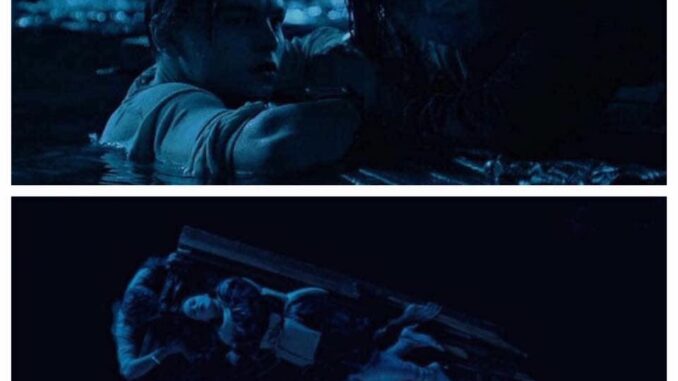
James Cameron’s 1997 Titanic is one of the most iconic movies in cinematic history – but even the greats get things wrong sometimes. While much of the film stuck to scientific accuracies, a lack of research at the time meant some of the details regarding the ship’s splitting weren’t entirely accurate. So, what details did James Cameron’s Titanic get incorrect about the real splitting of the ship?
The RMS Titanic set sail on April 10, 1912, from Southampton, England to New York City. Only a few days later, the passenger liner famously struck the iceberg that would be its doom. When the Titanic was lost to the ocean on April 15, more than 1500 lives were lost. Cameron was dedicated to getting the facts right about the sinking of the Titanic. After the wreckage of the ship was discovered in 1985, Cameron took multiple trips to the ship himself, wanting to uncover the secrets of one of the most well-known shipwrecks in history. Using eyewitness accounts and evidence from the wreckage, the true story of the Titanic’s sinking was revealed.

In the climax of James Cameron’s Titanic, the Olympic-class ocean liner is heading for the bottom of the Atlantic Ocean at a 45-degree angle. As passengers struggled to hold onto the deck, the ship begins to split in half, sending the upper half into the water below at a 90-degree angle — though this theory is good for dramatics, the evidence suggests it didn’t truly happen that way. Using the pieces of the ship that were recovered from the ocean floor, investigators were able to recreate the ship’s sinking using models. While experts and eyewitnesses disagree on whether the bow or the stern was underwater, the evidence points to a much less steep angle than was portrayed in the Titanic; anywhere from 11 to 23 degrees. The damage caused by the collision with the iceberg caused one half of the ship to fill with water, pulling it under the water and raising the other into the air. As the deck of the ship failed, the Titanic snapped in half, sending it plunging beneath the waves. The bobbing of the ship after the snap was also over-dramatized. Instead of bobbing like a cork in the water, the ship was likely pulled under by the weight of the water that had filled it.

While most experts agree that Cameron’s portrayal was more dramatic than the reality, that’s where they seem to stop agreeing. After the initial sinking, investigators believed the ship had sunk whole. It wasn’t until the ship was discovered in pieces in the 1980s that it was confirmed that the ship had indeed broken in two. The theories of how this happened are many. Experts disagree on whether the bow or the stern was submerged first and if the deck or the keel failed first. They even disagree on whether the ship even split, or if the pieces were created by an explosion or a fire. Some splitting theories have been proven impossible, such as the bow of the ship rising from the water again after the initial sinking.
It’s possible that we may never know exactly how the Titanic split. Eyewitness accounts vary greatly, and the evidence lends itself to multiple theories. Experts continue to throw themselves at this great mystery, determined to unravel its secrets. Though new developments may disprove Cameron’s theory, it’s evident that the director went to great lengths to make the sinking of the epic Titanic as accurate as he could.
